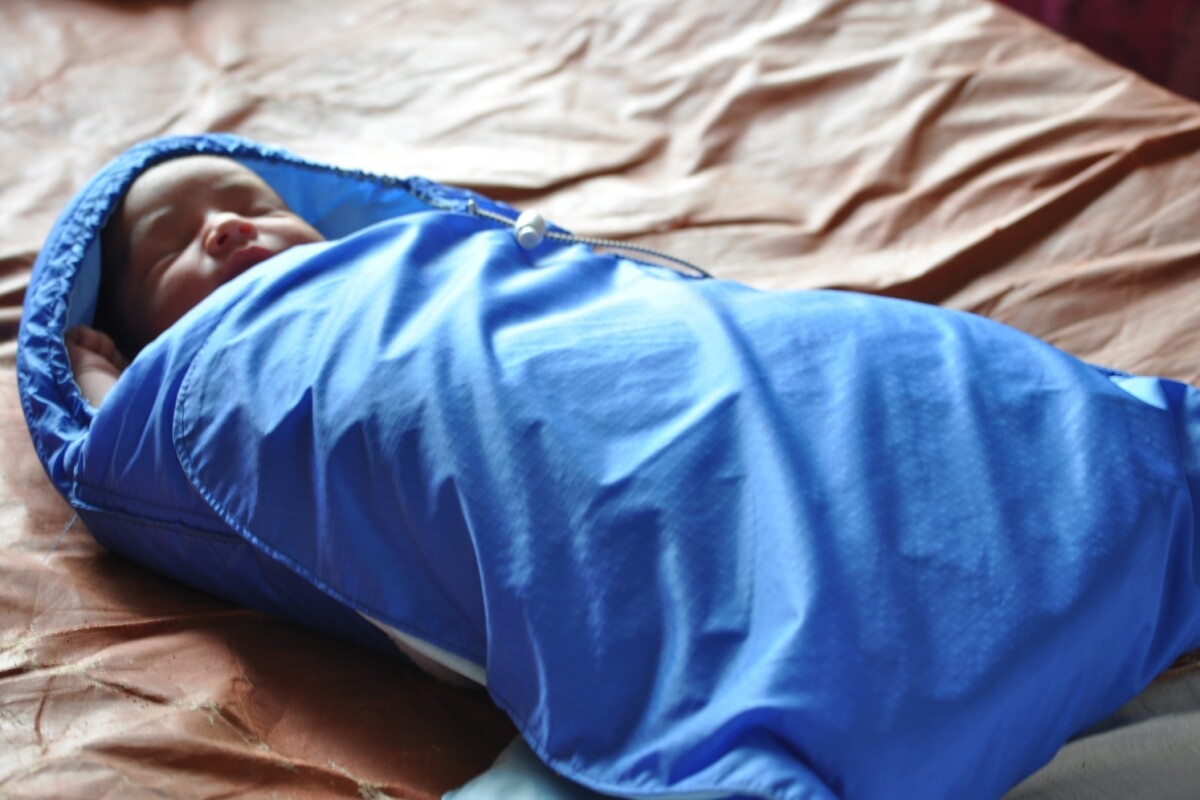According to the medical journal The Lancet, approximately 20 million low birth-weight and premature babies are born around the world every year. Of those, about 4 million die within four weeks. Many of those deaths take place because the infants can't maintain a high enough body temperature on their own, and succumb to hypothermia. Incubators are designed to address this problem, but many hospitals in developing nations can't afford them, nor can they provide the uninterrupted power supply that the machines require. The San Francisco non-profit group Embrace, however, is developing what could be an effective and affordable alternative – the Infant Warmer.
Although it simply looks like a little sleeping bag, the Warmer incorporates an isolated compartment that holds a sealed pouch. That pouch contains a phase-change material (in this case, wax) that can be heated using a supplied electric or non-electric hot water heating unit. Within 20 minutes the wax will reach its melting point, after which it will maintain a temperature of approximately 37C (98.6F) for four hours without electricity.
If the baby starts getting too warm, the pouch will absorb the extra heat – if the infant starts getting too cold, the pouch will release heat. When the wax starts to cool off, an indicator on the pouch will show that it needs to be reheated.

The hypoallergenic sleeping bag itself is reportedly easy to autoclave, or to clean using locally-available disinfectants.
While an individual incubator can cost up to US$20,000, the price of the Infant Warmer is targeted at $25 to $100 per unit – and the pouch can be reheated hundreds of times. Embrace is currently finishing up development of the product, with plans for a pilot project in India, followed by a worldwide release. The group is still in need of funds and volunteer support, however, and invites interested parties to visit its website.
Via InventorSpot






